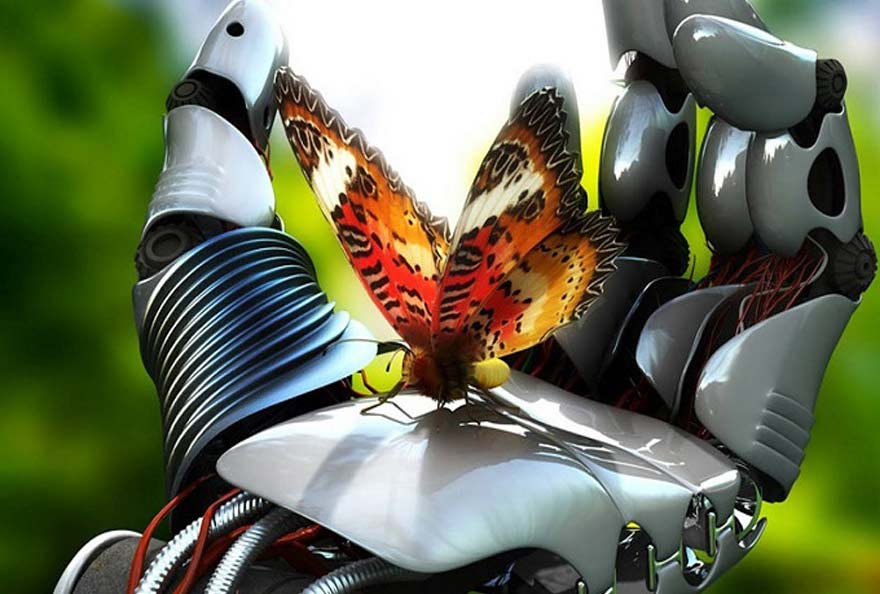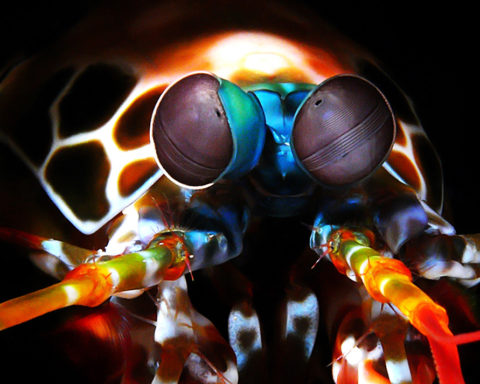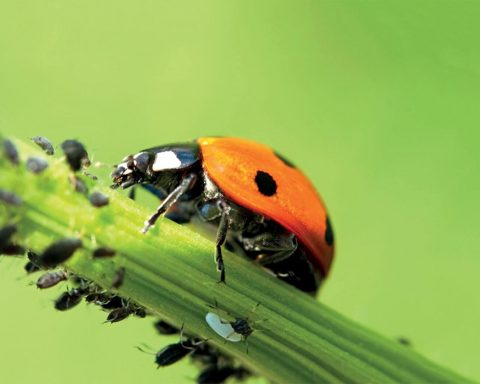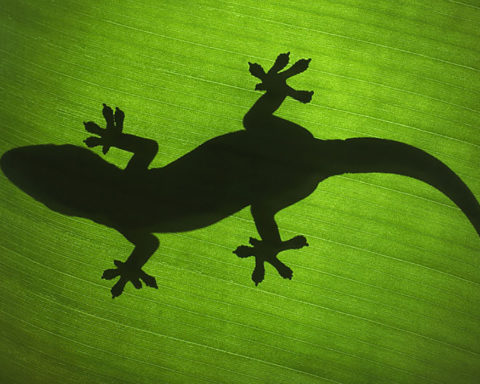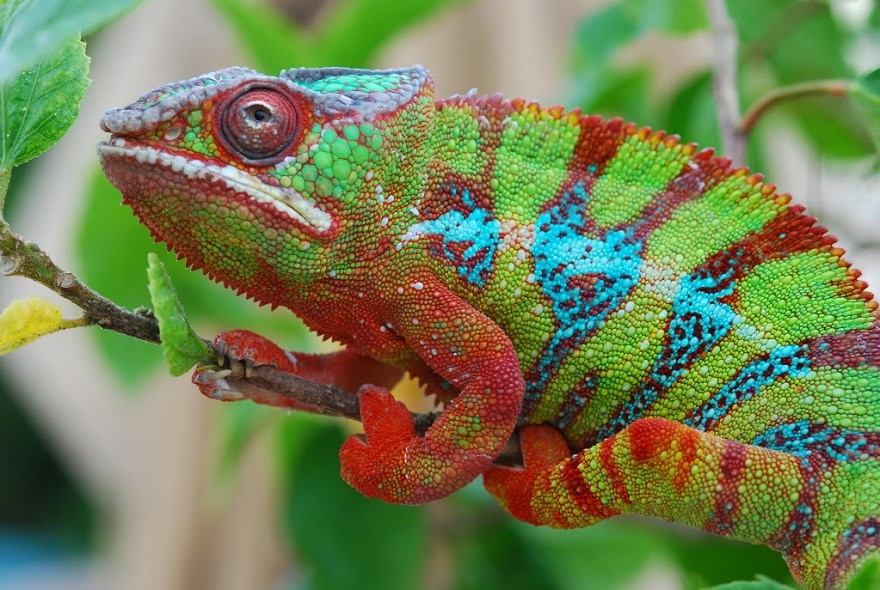

READ ALSO IN UP‘ : Inspirations that vitalize
SEE ALSO IN UP'. : Kalina Raskin's interview



READ ALSO IN UP‘ : Inspirations that vitalize
SEE ALSO IN UP'. : Kalina Raskin's interview




Already registered? I'm connecting
Register and read three articles for free. Subscribe to our newsletter to keep up to date with the latest news.
→ Register for free to continue reading.

You have received 3 free articles to discover UP'.
